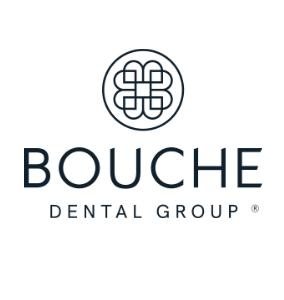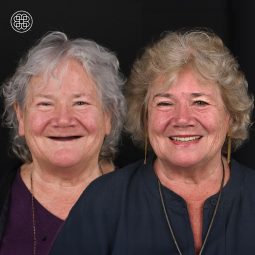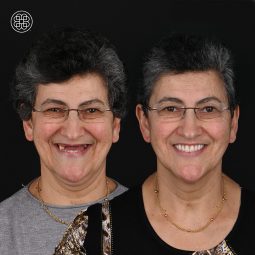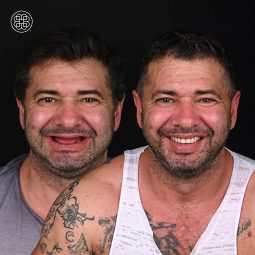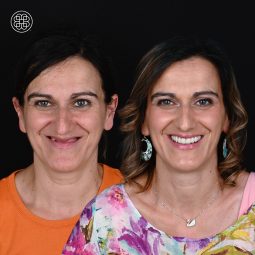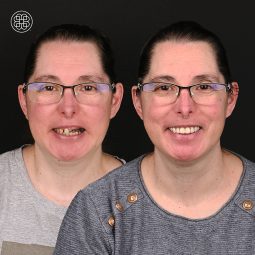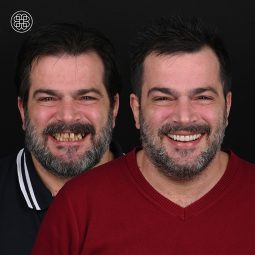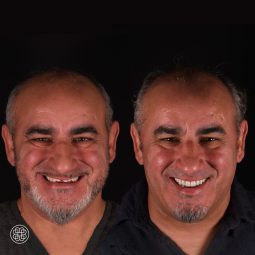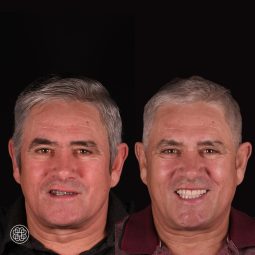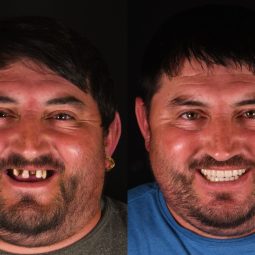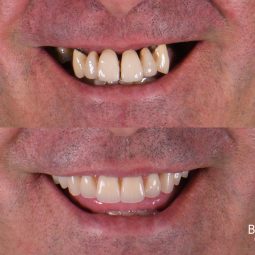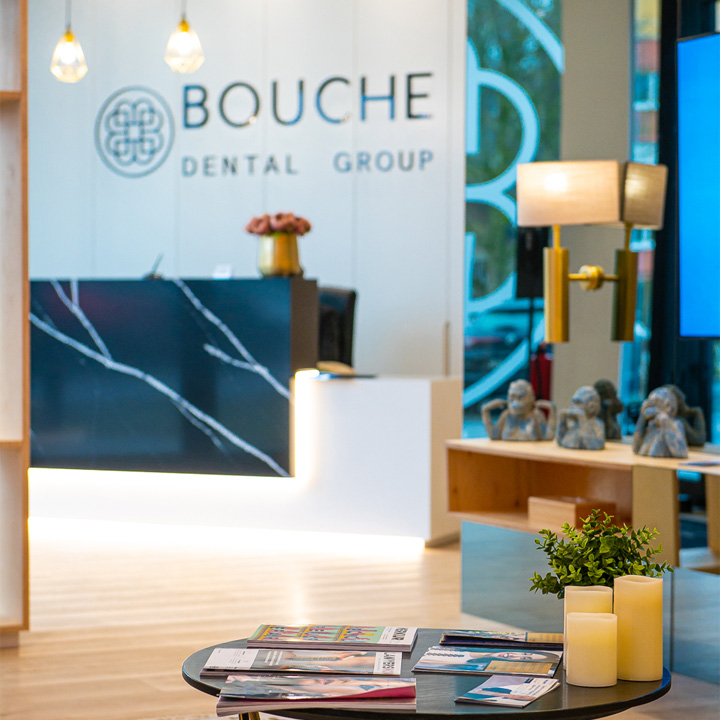The All-on-4® Surgical Technique is one of the most advanced fixed total rehabilitation options available today. It is a technique that allows a full arch of teeth to be replaced with only four dental implants, as opposed to the traditional technique that requires 6 to 8 implants to replace a full arch. This is a simple procedure, and quicker than traditional techniques, also avoiding the need to place bone grafts and to make multiple appointments.
All-on-4® Surgical Technique
Clinical Cases
Learn more about some of the clinical cases carried out by the network of doctors we collaborate with.
This technique of fixed total rehabilitation allows only 4 implants to be placed to support a complete fixed prosthesis due to the way the implants are placed. The placement of the 4 implants in a strategic position makes it possible to take advantage of the best bone conditions of each person. With the All-on-4® technique, you can achieve a new smile with adequate aesthetic and functional qualities in less than 8 hours.
How is this surgical technique different from the others?
The All-on-4® technique uses implants that are identical to normal screw-type dental implants, however, what makes the All-on-4® method so unique is the way in which the implants are positioned in the jawbone. Two implants in the front of the jawbone are positioned vertically, while the two implants in the back of the jawbone are placed at a 45-degree angle. This means that a greater amount of bone is used in the stabilisation and support of the implant.
Does the method always consist of only 4 implants?
Depending on each person’s circumstances, the amount of implants can vary, it is not uncommon to use up to six implants to ensure complete stability. This will vary according to the bone condition of the individual’s mouth, however, most people will be able to enjoy a new smile with only four implants.
What does the All-on-4® surgical technique consist of?
The All-on-4® concept allows fully edentulous people with severe maxillary atrophy to enjoy a fixed total rehabilitation without resorting to bone grafts.
The upper jaw is more subject to bone loss, not only due to the loss of teeth, but also because of the pneumatisation of the maxillary sinus. These factors cause a lack of posterior bone. It is common to see people with bone only in the anterior area from canine to canine. People with these characteristics are especially candidates for fixed total rehabilitation.
How is the All-on-4® treatment planned?
These interventions are always planned with CT scans that provide well-defined images in several three-dimensional planes. Using the 3D X-ray scan it is possible to plan the intervention site, the inclination and diameter of the implant, as well as the entire process involving the surgery and subsequent procedures.
